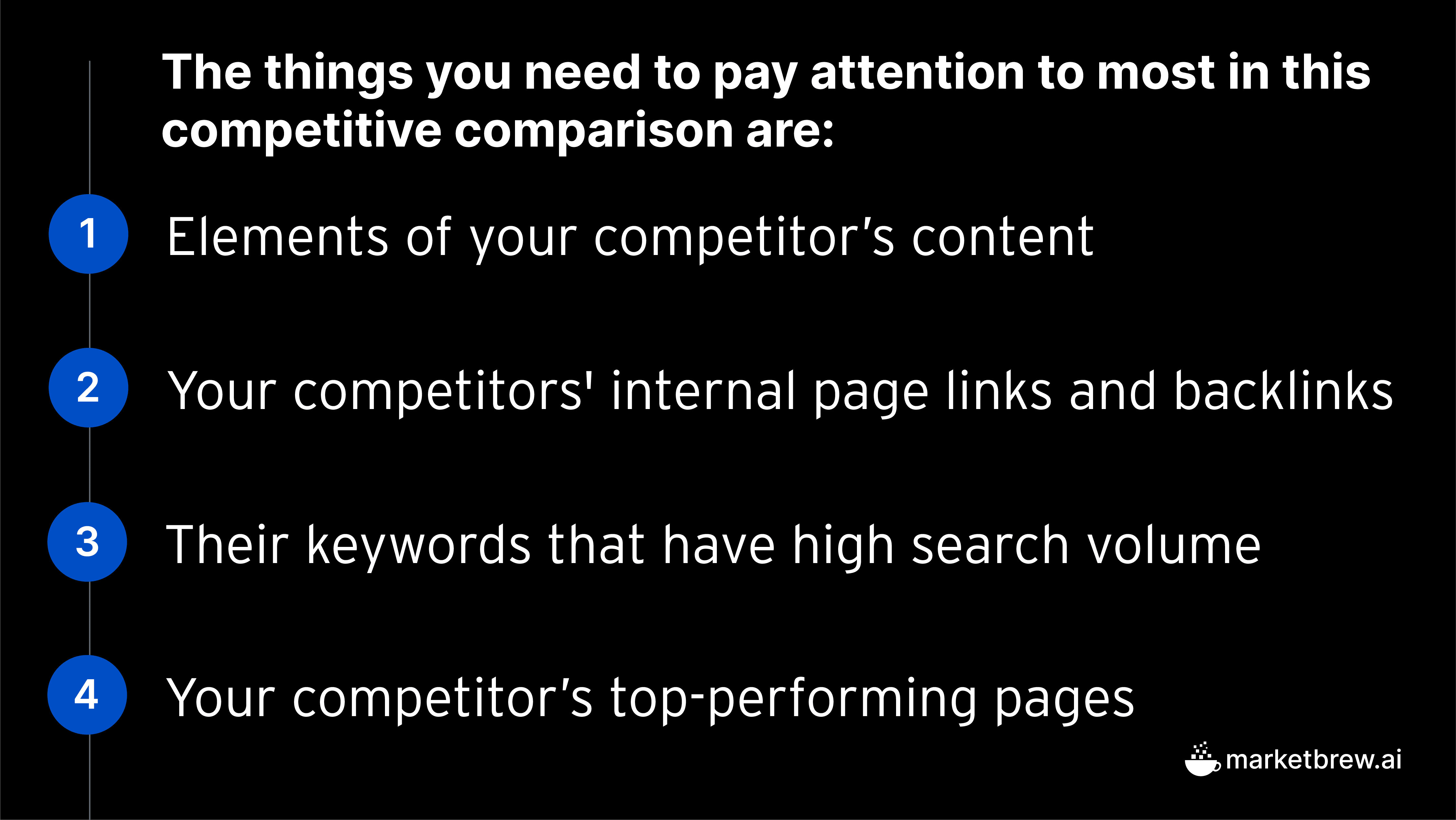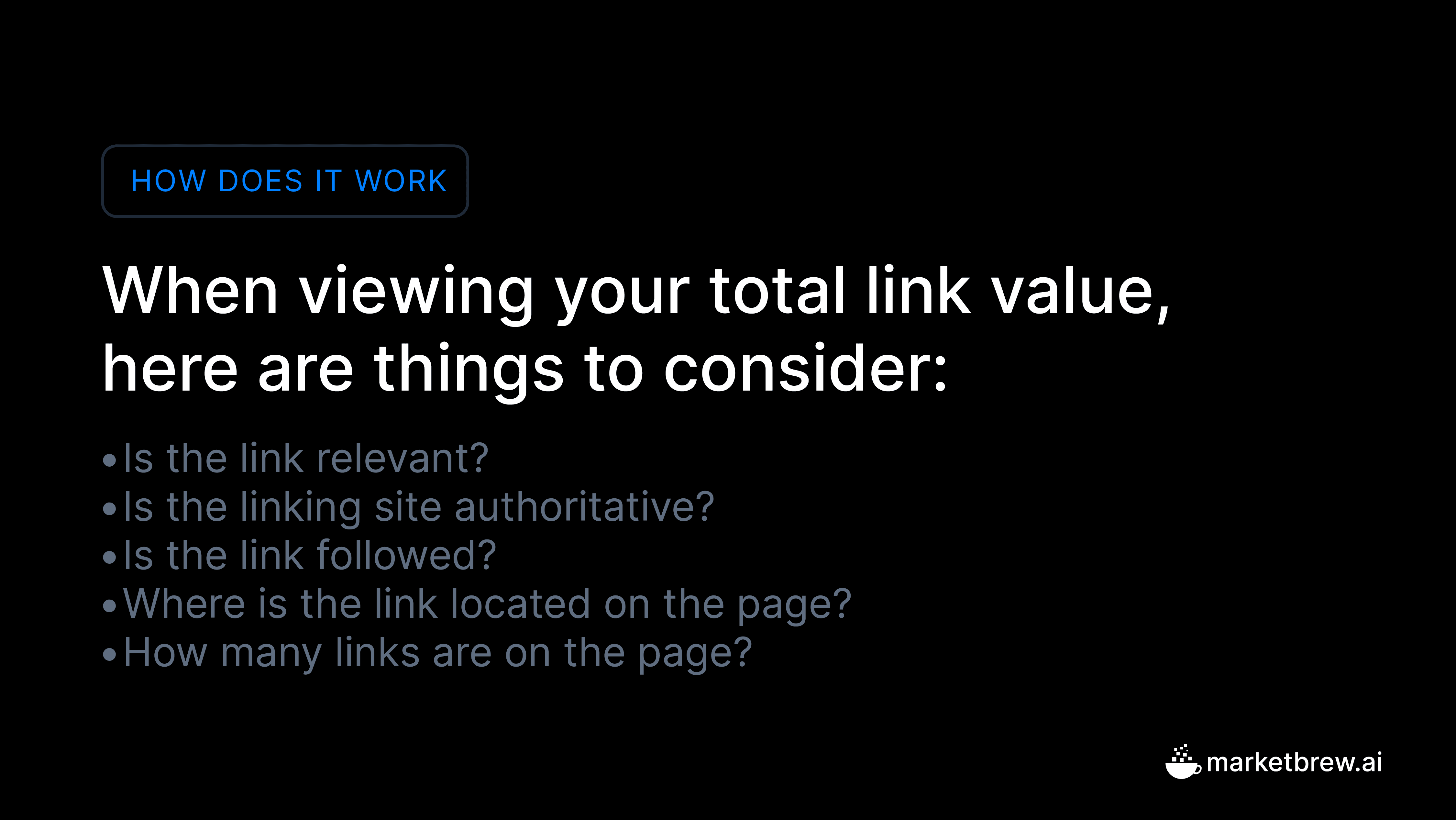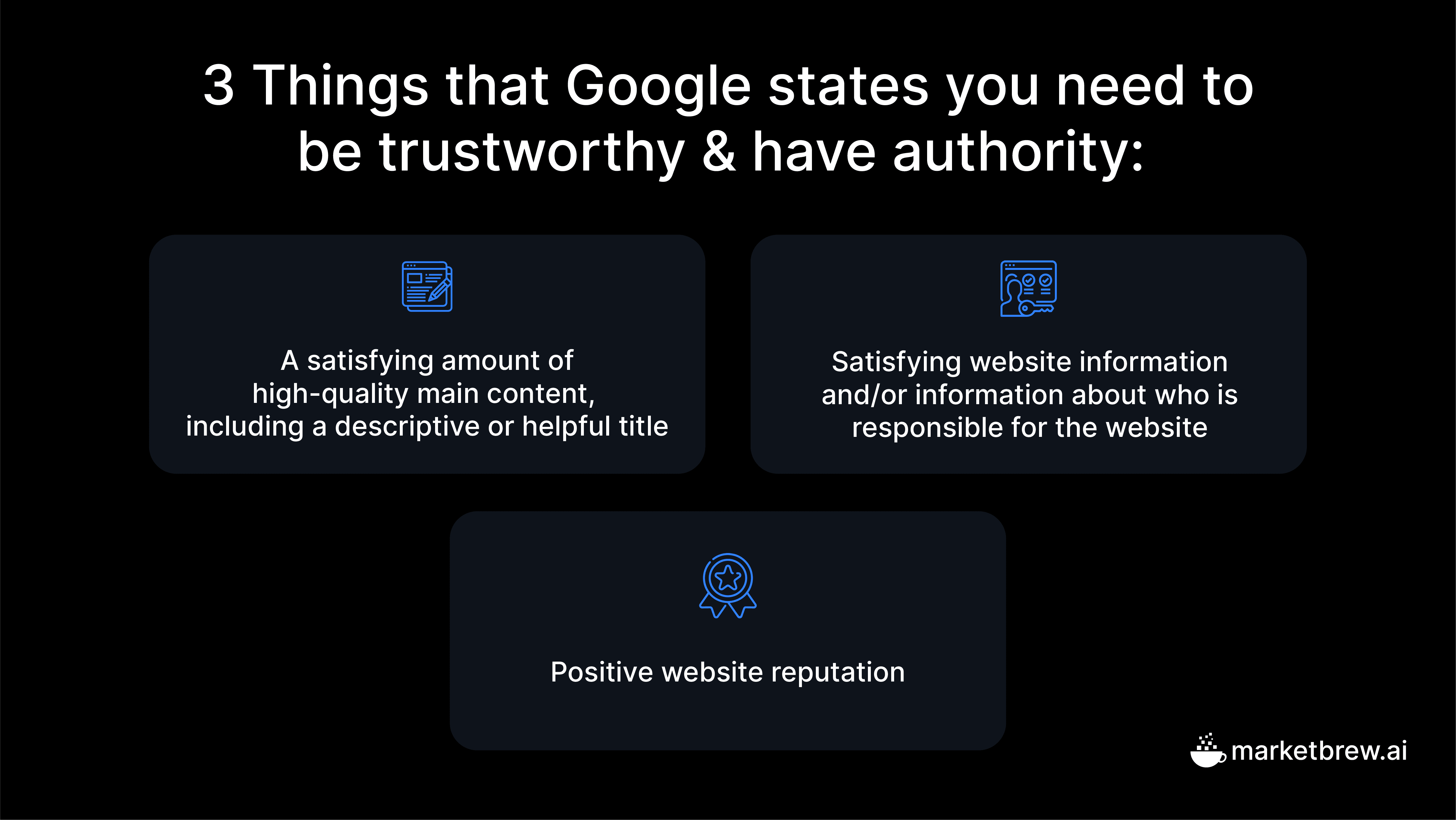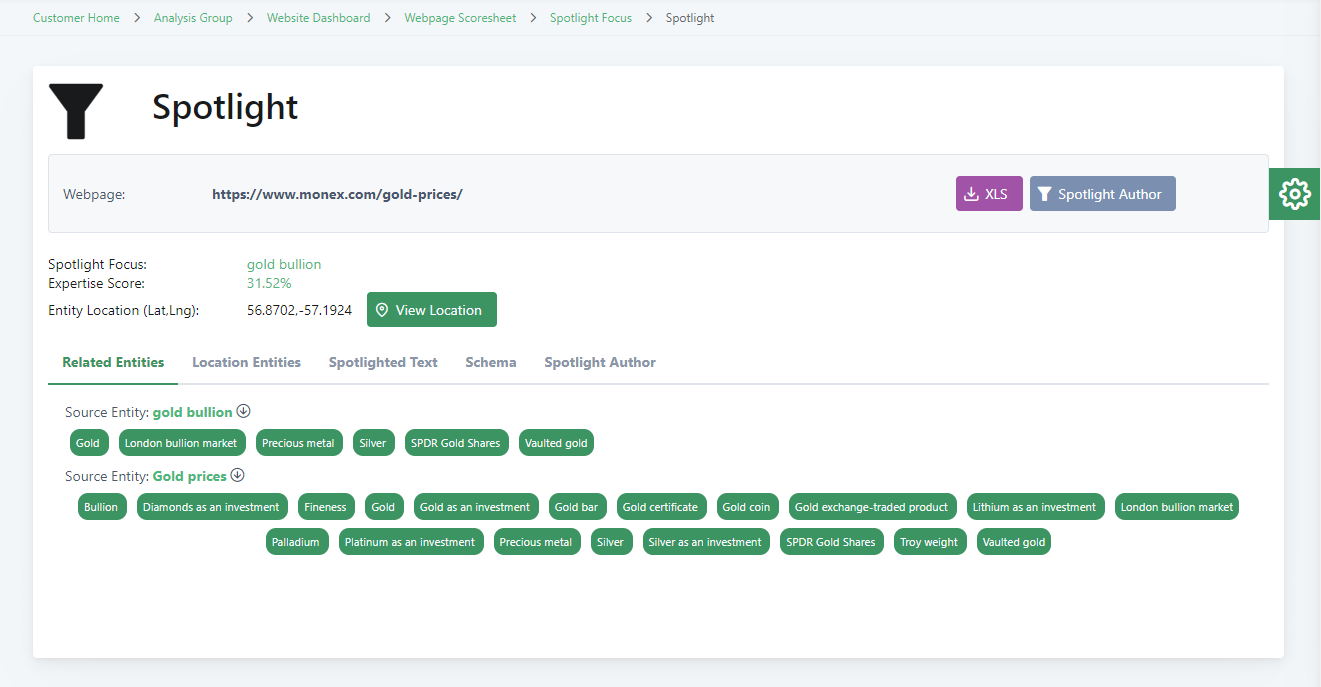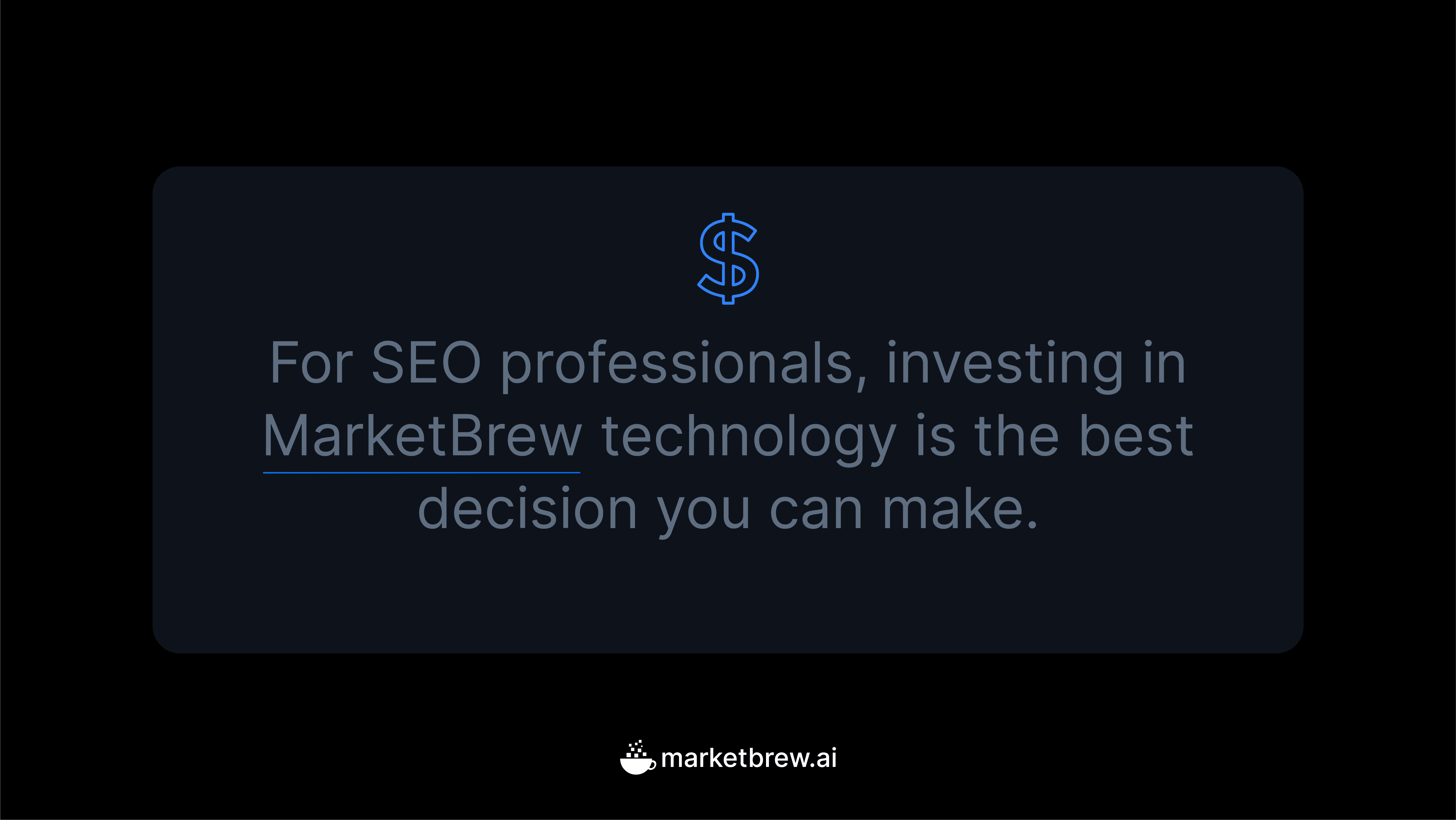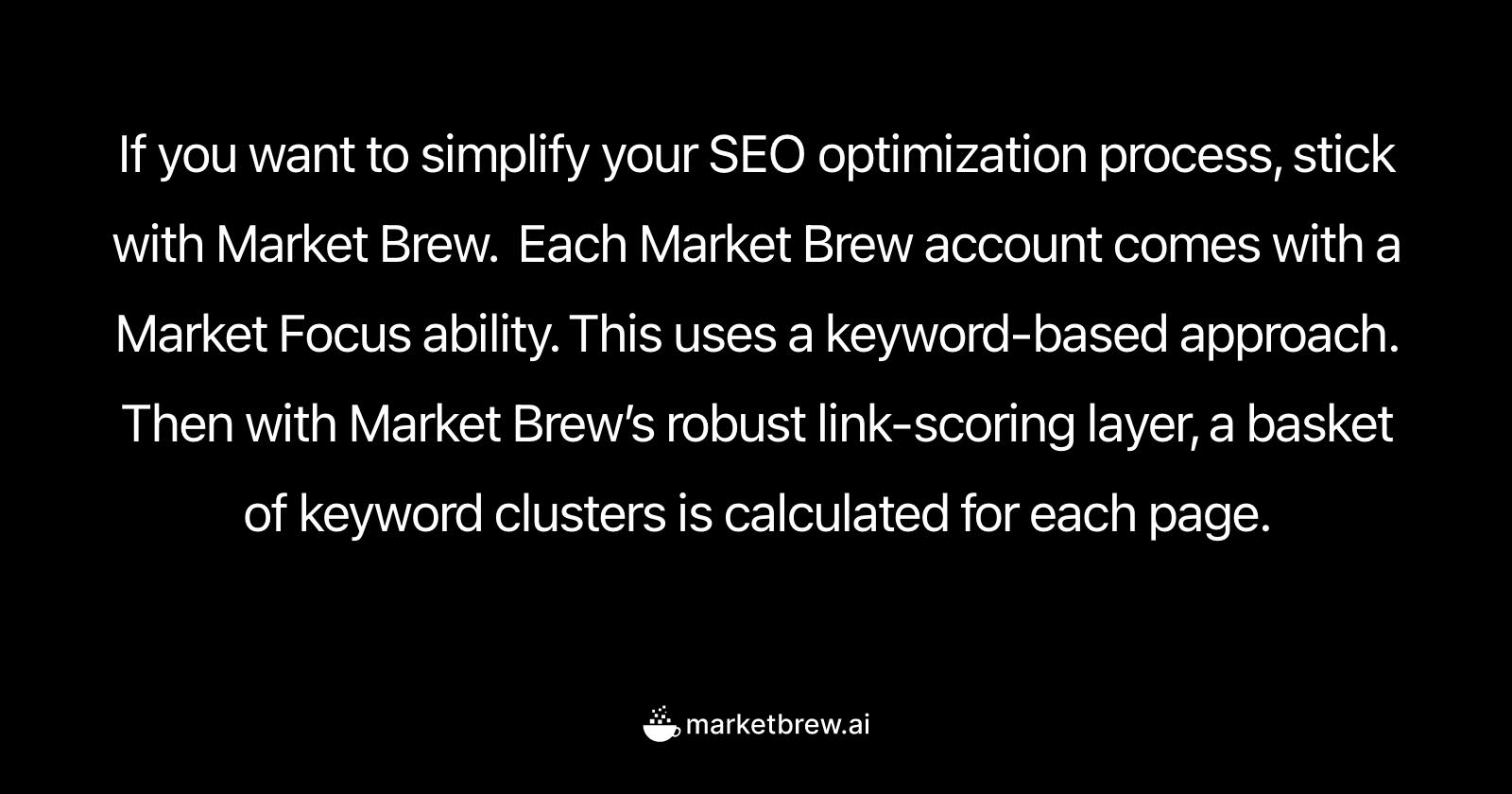Can you imagine a world without Google?
Though the company has only been in existence since 1998, it has become a ubiquitous part of the tech landscape.
In their wildest dreams, Larry Page and Sergey Brin probably didn’t expect their Stanford University research project to become the world’s most dominant search engine.
But thanks to innovations like PageRank, that’s exactly what it did.
Today, everyone is familiar with Google as a search engine. And you’re probably aware that the company’s offerings have expanded to include a wide range of other tools.
In this piece, we’re going to look at 40 different tools offered by the Mountain View, California-based tech giant and how they can be used by businesses, big and small.
1. Gmail For Secure Email Service
With over 1.8 billion users worldwide and a 27% share of the email client market, Gmail offers more than just personal email accounts.
It’s also popular with businesses. Today, more than 5 million businesses are using G Suite, which also includes Docs, Sheets, Slides, Drive, Hangout, and more. We will explore some of these later.
Customizable to your domain, Gmail is a fast, secure, and reliable email service provider. You can also try these Gmail hacks to increase productivity.
2. Google Ads To Reach New Customers
If your customers are using the internet – and they undoubtedly are – you should be targeting them online.
Google Ads is the best and most effective way to do this.
Integrated across Google search results, YouTube, and its Display Network, Google Ads gives you all the analytics data and targeting capabilities you need, plus offers automated solutions to help you maximize your marketing spend.
3. Google Alerts For Reputation Monitoring
Whoever said “there’s no such thing as bad publicity” never had the disapproving weight of the internet come crashing down on them.
But even if your business has a spotless track record, proven customer service, and an unimpeachable reputation, occasionally, someone is going to have a less-than-stellar experience.
Google lets you get out ahead of bad news, as well as find good publicity, via Google Alerts.
These will automatically notify you of any mentions of your business, allowing you to proactively deal with potentially damaging mentions – or share positive ones.
4. Google Analytics For Measuring App Usage And Website Traffic
Google Analytics is the easiest way to monitor your app’s usage and web traffic, as well as where it’s coming from.
Free to use, it provides you with insights about your customers and their purchasing journey, so you can streamline marketing processes, identify your targets, track campaigns, and troubleshoot individual webpages – all from the same dashboard.
5. Google Authenticator For Two-Step Verification Security
Spammers, hackers, and other cybercriminals are getting more sophisticated all the time.
Google helps keep you safe across all its digital properties with the help of 2-Step verification.
By texting or emailing you a unique code that you can use to log in to your accounts, it provides stronger security than a password alone.
6. Google Business Messages To Communicate With Potential Customers
An SMS and instant messaging service originally designed for the Android operating system, Google Business Messages allows you to interact with your customers through a number of entry points, including Maps, Search, and your own website.
Use it as a chat feature to convey expected wait times or answer frequently asked questions.
7. Google Business Profile For Local Business Promotion
Since rolling out new local search features in November 2021, Google has placed an increasing emphasis on nearby search results.
Creating a Google Business Profile is an important part of ranking highly in your neighborhood.
Use your profile to help customers discover you on Search and Maps or to promote a sale to the people in your area.
8. Google Calendar For Time Management And Scheduling
Disorganization is a major problem for many people.
Google Calendar is a great way to eliminate that problem, more effectively manage your time, and stay on top of your schedule.
Sync it across your devices to remind yourself of a vendor call, block out time for a sales presentation, or schedule an appointment from anywhere.
9. Google Chat For Instant Messaging
In this era of remote work, instant messaging is a must-have tool for any business.
But why complicate things by adding a third-party app when Google gives you all the functionality you need in Google Chat?
It lets you get all your messages in one place, collaborate with teammates, and integrate with other Google apps and tools with no hassle.
10. Google Chrome For Web Browsing And Development
If you’ve ever had to help a relative delete numerous toolbars from their browser or waited impatiently for a window to deal with a memory leak, you know how important a quality web browser is.
Google Chrome gives you a secure way to surf the internet.
It also has dedicated developer tools to help you create new websites and test APIs – and its functionality is updated weekly.
11. Google Chrome Remote Desktop To Connect With Home Or Work Computers
Another great tool for remote workers, Chrome Remote Desktop allows you to remotely access your work computer from home, share your screen with coworkers, or view files while traveling.
Originally a Chrome extension, it’s also available on Android and iOS devices.
12. Looker Studio For Interactive Dashboards And Engaging Reports
Formerly known as Google Data Studio, Looker Studio allows you to unlock the power of your data with customizable reports and dashboards.
Allowing you to connect all your spreadsheets, analytics, and other sources of data into one platform, Looker Studio is an essential tool for any business seeking new insights or trying to convey an impactful message.
13. Google Digital Garage For Learning New Skills
Want to add some new tools to your toolbox or enhance your skill set? Or maybe you just want to learn how to be more productive.
Google Digital Garage can help.
With a wide range of courses covering everything from cloud infrastructure to public speaking, digital marketing to machine learning, it can help you master new skills that will benefit your business and your career.
14. Google Docs For Online Document Creation And Editing
When it comes to real-time collaboration on documents and spreadsheets, Google Docs is extremely useful.
Part of the G Suite of tools, it’s hosted online, which allows multiple users to interact with the same document at the same time. See changes as they’re made, save automatically, or easily revert back to previous versions with ease.
15. Google Domains For Domain Registration
With more than 300 domain endings to choose from (e.g., .com, .cafe, .biz), Google Domains hosts your website on fast and secure servers while providing round-the-clock live support.
It also has drag-and-drop site-building tools, professional email capabilities, and allows you to easily interface with all your other Google tools.
16. Google Drive For File Storage And Sharing
Keep important files safe on the cloud or share them with anyone using Google Drive.
With built-in protection against malware and spam, it gives you a safe way to save and collaborate on files.
It also uses Google’s powerful search capabilities, so you can easily find what you’re looking for in your 15 GB of free storage.
17. Google Fonts For Open-Source Font Families
Font embedding can be a problem for webmasters. If you choose a letter style not recognized by a user’s browser, it can turn text into a jumbled mess.
Google Fonts offers a wide selection of free-usage and readily accessible fonts. You have control over the character set, so you can restrict the ones you don’t need and reduce loading times.
Quality varies among available fonts, but there are a number of libre versions of popular typefaces available, including Monserrat and Roboto.
18. Google Forms For Online Surveys And Questionnaires
Google Forms is included in the free G Suite, allowing you to create, edit and automatically track the results of surveys and questionnaires.
Real-time updates let you track responses as they come in.
Custom colors, images, and fonts allow you to create polished forms that are on-brand for your business.
19. Google Jamboard To Create A Virtual Whiteboard For Ideas
Jamboard is an interactive digital whiteboard that can be used for online collaboration via Google Workspace.
It can be accessed either via the Jamboard device (a 55” digital whiteboard with embedded G Suite services), a web browser, or a mobile app.
Multiple collaborators can write, draw, drag, and resize elements at the same time.
20. Google Keep For Notetaking
Whether you’re taking a class, want to send a reminder, or just need something to eliminate absent-mindedness, Google Keep is another free tool you’ll find useful.
Part of the web-based G Suite, it can extract text using character recognition or transcribe voice recordings.
Color-coding functionality helps you stay organized, while pins can keep items near the top.
Like the rest of the web-based suite, it can be used to work with other Keep users in real time.
21. Google Manufacturer Center For Brand Manufacturers
If you own or license branded items, Google Manufacturer Center is an absolute must.
In addition to allowing manufacturers to provide better, more accurate product information, it also improves the online shopping experience.
A good way to improve your presence on Google, it lets you highlight your products on both the Search and Shopping tabs.
Comprehensive analytics help you identify how ads are performing.
22. Google Meet For Online Video Conferencing
One of two apps designed to replace Google Hangouts (Chat is the other), Meet is Google’s answer to Zoom, Facetime, and Skype.
Use of this video conferencing service grew exponentially during the COVID-19 pandemic, partly thanks to noise-canceling filters, multi-way audio, and screen-sharing capabilities.
23. Google Merchant Center For Retailers
Show potential customers how many of an item you have in stock, both in-store and online, with Google Merchant Center.
With a few clicks, you can upload your shop and product data, making it available for Google Shopping and other services.
While you still have to pay for clicks on your Shopping ads, Merchant Center is free to use.
24. Google Optimize For A/B Testing And Optimization
Any marketer worth their salt knows the importance of A/B testing.
But what many of them don’t know is that Google Optimize (formerly Google Website Optimizer) makes it easy, giving you the data you need to test content on your website and optimize it for the best visitor experiences.
25. Google Podcasts To Reach More Listeners
Google Podcasts Manager provides podcasters with a deep dive into listener behavior, so you can understand their listening habits, see when they’re tuning in or dropping off, and how they discovered you – all information you can use to expand your reach.
26. Google Scholar For Scholarly Research
You can’t believe everything you read online – that’s internet 101.
But if you can find a scholarly source where information is backed by research, there’s a much higher chance of it being reliable.
Google Scholar gives you access to a large number of databases containing access to academic and scientific works.
27. Google Search Console To Measure Website Search Performance
It’s unbelievable to think there was once a time when webmasters didn’t have access to information about their site’s index status, search queries, crawling errors, and visibility stats.
With the power of Google Search Console, we take this for granted.
Packed with all sorts of useful tools like speed reports, information on backlinks, and the ability to submit a sitemap, this is one tool every website owner must have for tracking and measuring performance.
28. Google Sheets For Online Spreadsheet Creation And Editing
Spreadsheets: some people love them, and many people hate them. But every business uses them.
Google Sheets is a web-based, Excel-like spreadsheet program that allows for real-time collaboration.
Accessible from both computers and mobile devices, it allows you to use the same formulas and automatic calculations as other spreadsheet programs.
Sheets is another free program included in the G Suite.
29. Google Sites For Simple Website Creation
Build a structured wiki or a webpage from scratch with Google Sites.
Drag-and-drop functionality allows you to create an entire site without writing a line of code.
Free to use, Sites lets you edit a webpage with someone else and see their changes as they happen.
30. Google Slides For Online Presentation Creation And Editing
Who says you need PowerPoint to make a visual presentation?
Google Slides is an online slideshow maker that’s free to use as part of the G Suite of products.
And like nearly everything else on this list, it allows you to collaborate with remote users in real time from any device.
33. Google Tag Manager To Manage Website Tags
Quickly and easily update tags on your website with Google Tag Manager.
By adding a small segment of code to your website, you can easily deploy and manage analytics and measurement tags.
Using a container, you can replace manually coded tags from Ads, Analytics, Floodlight, and third-party apps to simplify and automate configurations.
34. Google Translate For Fast Translation In Over 100 Languages
The internet has created a truly global economy.
So what do you do when you have customers in Japan, but don’t speak Japanese?
Google Translate to the rescue. With more than 100 supported languages, it’s a neural machine translation service that gets more accurate by the day.
35. Google Travel For Business Travel Arrangements
Forget about visiting multiple sites to book a flight, schedule a hotel room, and rent a car.
Google Travel gives you the entire travel package in one location.
It lets you do everything from comparing prices to exploring local attractions, all from the convenience of a single web tab.
Perfect for business trips, you even have the option of adding flights and reservations directly to your calendar.
36. Google Trends To Analyze Search Query Popularity
Want to know what people are searching for?
Google Trends analyzes search queries across regions and languages and presents the results in easy-to-read graphs.
This is a great way to identify not only what’s happening now but what’s going to be the next big thing.
37. Google Voice For Phone And Texting Service
Remember when people used their phones for talking? Like monsters? You don’t need a landline (or even a cellular one, for that matter) anymore.
Google Voice is a telephone and texting service that can be accessed via the web.
It gives you a unique phone number to use for calls and also offers voicemail transcripts, personalized voicemail greetings, and low international rates.
38. Google Web Designer To Create Animations And Interactive Elements
Add some whimsy to your website and digital ads with animations and interactive elements created using Google Web Designer.
This program lets you create engaging videos, images, and HTML5-based designs for your business.
Included templates give you an easy starting point, while dynamic workflows let you create ads tailored to your audience.
39. Waze Ads To Reach Nearby Customers
Increase store visits and attract passersby with Waze Ads.
This location-based advertising service will literally put your business on the map, helping you increase awareness and reach new customers.
40. YouTube For Video Sharing And Promotion
YouTube is not just for funny cat videos anymore.
Smart businesses of all types are now using this Google-owned property to answer customer questions, promote brand awareness, and engage with their targets.
If you’re creating quality content, the sky is the limit for your brand on this video platform.
Something For Practically Every Need
Google is so much more than a search engine. It’s practically a one-stop shop for everything you need to run your business – and your life, for that matter.
And these 39 products are just a fraction of everything Google offers.
There’s a reason Google has become such a dominant force in the tech world – it understands the needs and desires of users and then provides tools to address them – more often than not, free of charge.
And the truly great thing is that Google is still only getting started.
More resources:
Featured Image: Monster Ztudio/Shutterstock











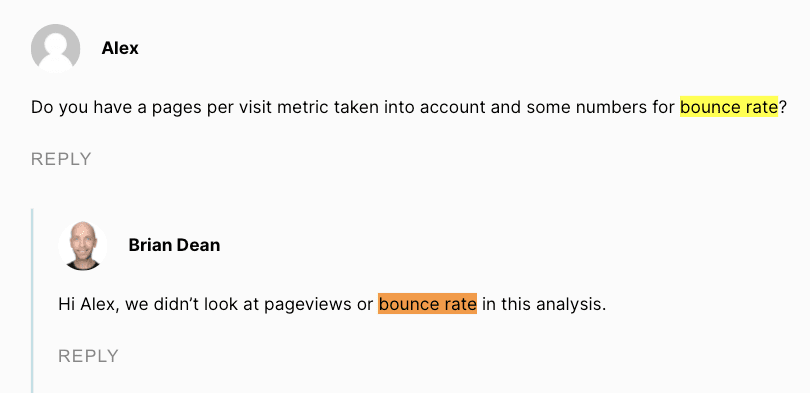
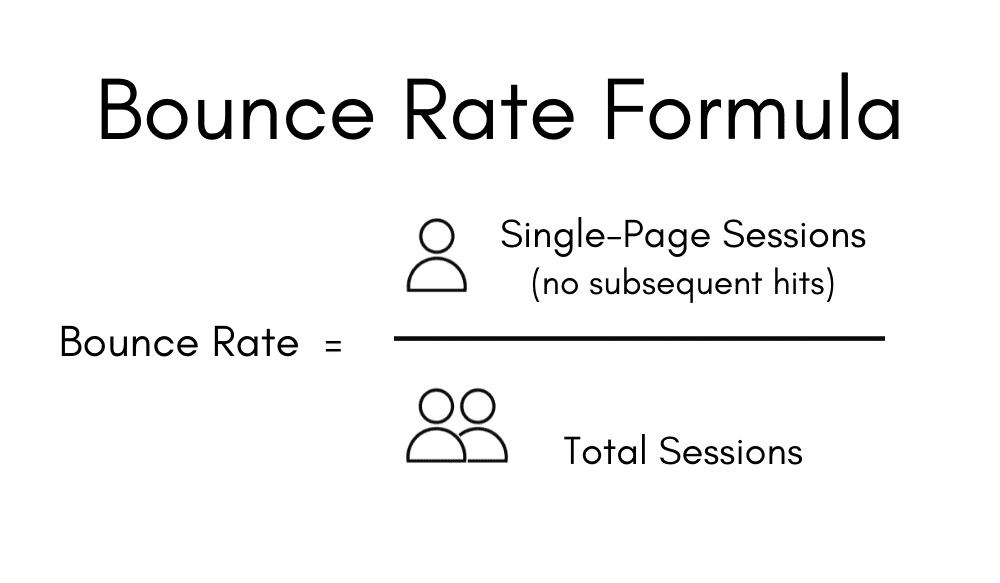
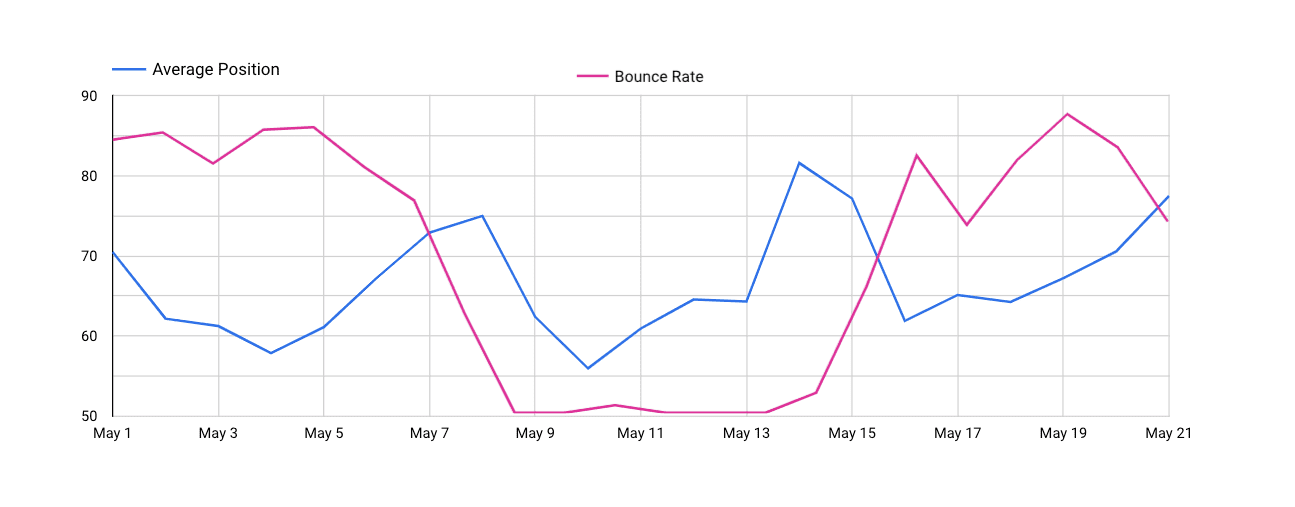

![Ranking Factors: Fact Or Fiction? Let’s Bust Some Myths! [Ebook]](https://ecommerceedu.com/wp-content/uploads/2022/10/rf-ebook-download-banner-62e8c6126ffe8-sej.jpg)



